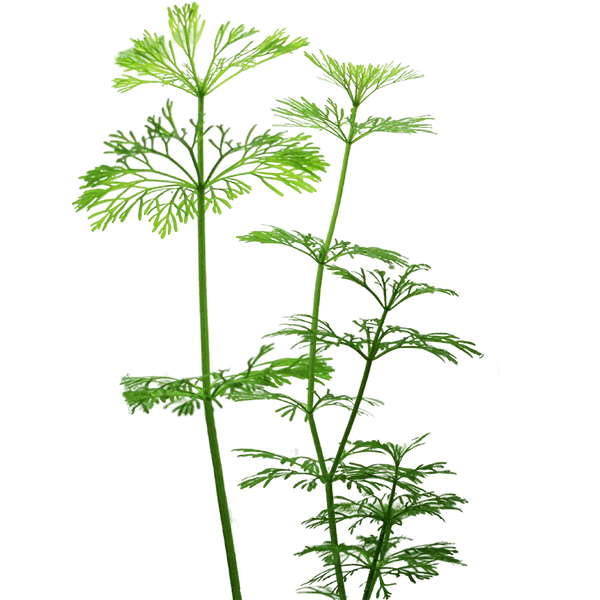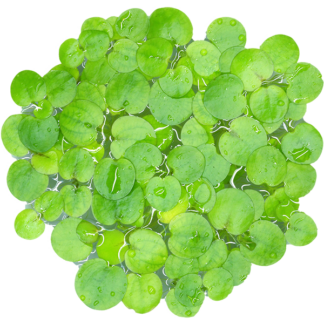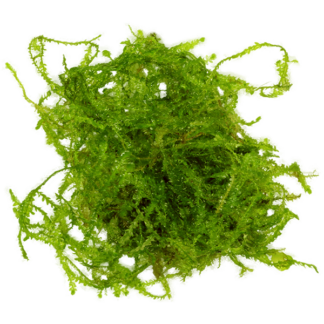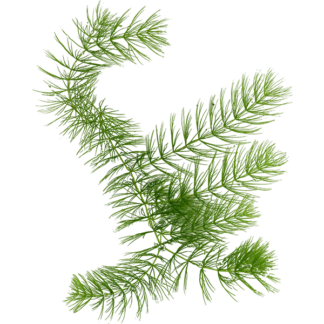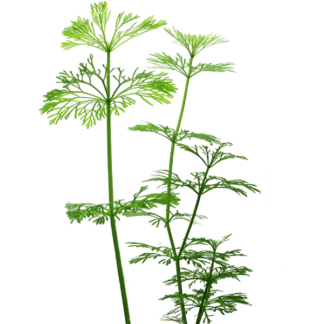Description
Ambulia is a popular and fast-growing group of stem plants belonging to the Limnophila genus, widely appreciated by aquarists from beginners to experts. The most common species include Limnophila sessiliflora (Dwarf Ambulia) and Limnophila aquatica (Giant Ambulia). Native to the freshwater wetlands and slow-moving waters of Southeast Asia, Ambulia is known for its attractive fine, feathery leaves and dense, bushy growth habit, making it an ideal choice for creating a lush, natural background in your aquarium.
Care
Ambulia is a relatively easy plant to care for. Provide moderate to high lighting for best growth, although it can tolerate lower light. Maintain tropical water temperatures between 20-28°C (68-82°F) and a pH range of 6.0-8.5. It adapts to soft to hard water (GH 1-20). While it can absorb nutrients from the water column, a nutrient-rich substrate and regular liquid fertilization, particularly iron and micronutrients, will promote healthier growth. CO2 injection is not essential but significantly enhances growth rate and appearance. Prefers moderate water flow.
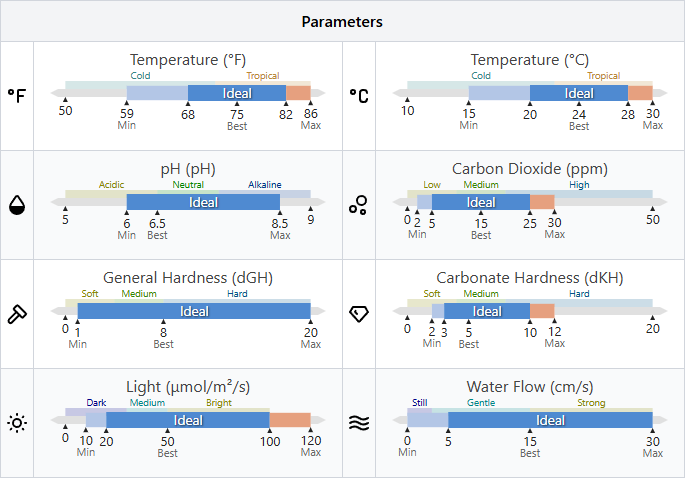
Propagation
Propagating Ambulia is remarkably simple, primarily done through stem cuttings. Select a healthy stem and trim off a section about 3-4 inches long. Remove the leaves from the bottom inch or two to expose a node. Plant the prepared cutting directly into the substrate, ensuring the bare node section is buried. Roots will typically develop within a week or two, and the cutting will begin to grow as a new plant. For a bushier look, plant multiple cuttings together. Propagation can also occur from root division or seeds in some species.
Trimming
Due to its fast growth rate, particularly under moderate to high light and CO2, regular trimming is essential for Ambulia. Trim the tops of the stems to control height and encourage the plant to branch out laterally, creating a denser, bushier appearance. Trimmed tops can be replanted to propagate new stems.
Notes, Tips, and Considerations
- Ambulia’s rapid growth and nutrient uptake make it a valuable plant for helping control algae in the aquarium.
- The dense foliage provides excellent hiding places and shelter for fish, especially fry.
- Under optimal conditions, Ambulia can grow very quickly, requiring regular trimming.
- When grown with its tops emerging from the water, some species may produce small blue or purple flowers.
- Be aware that some Limnophila species, like L. sessiliflora (also called Asian marshweed), are considered invasive in certain areas outside their native range due to their easy propagation and fast spread.
Origin
- Regions
- Asia, South, East
- India, Malaysia, Thailand, Laos, Philippines, Sri Lanka, Vietnam
- Asia, South, East
- Habitat: lake, river, pond, marsh, swamp, wetland
- Water Type: freshwater
- Water Depth: 0.1 – 1 m
- Water Flow: still, slow
- Light: medium, high
- Temperature: 15 – 28 °C
- Humidity: high
- Substrate: soil, mud

